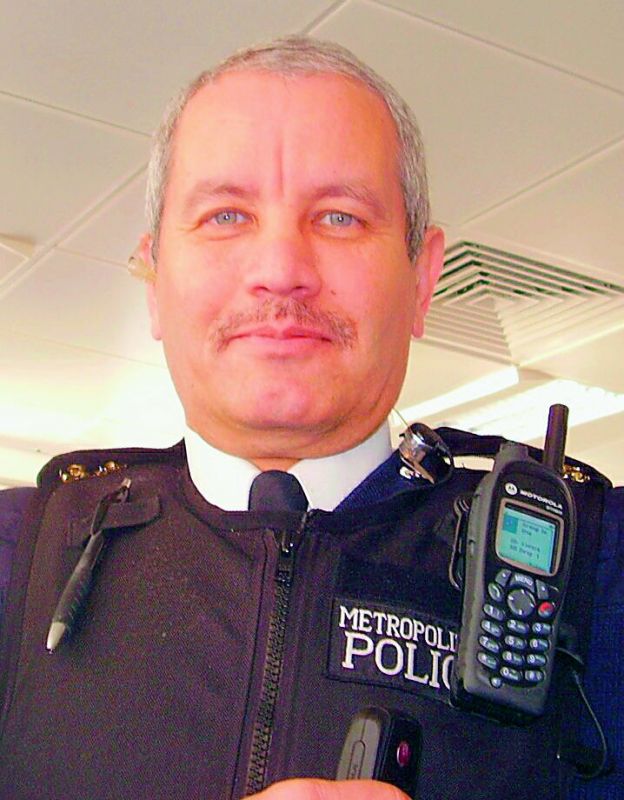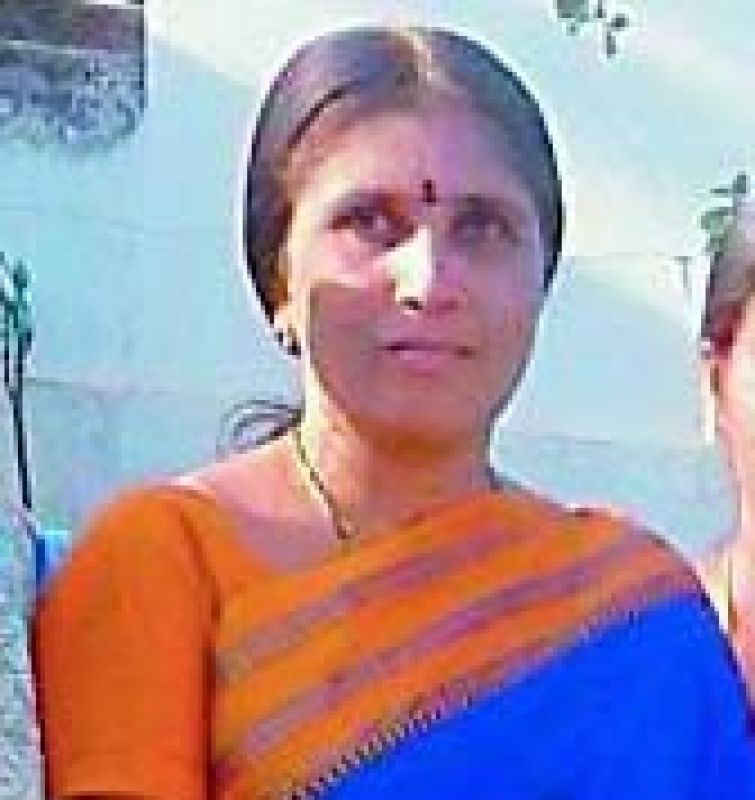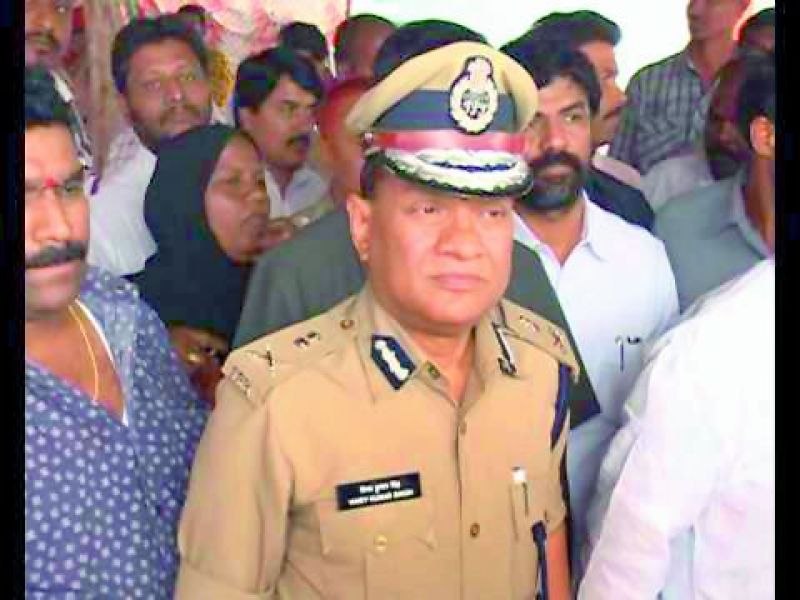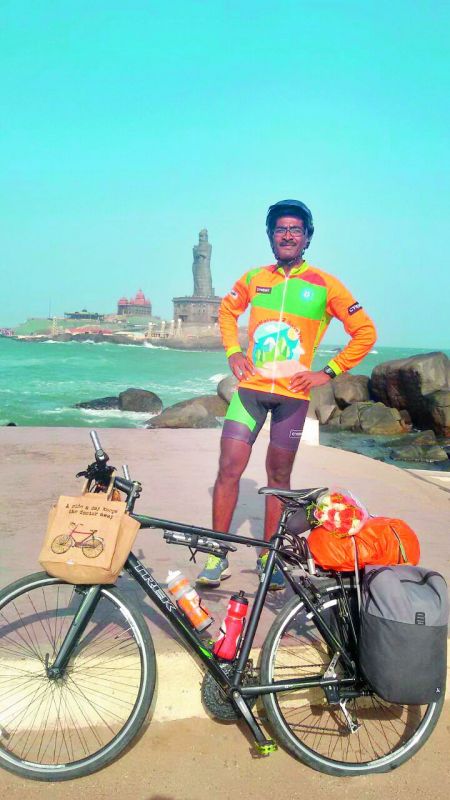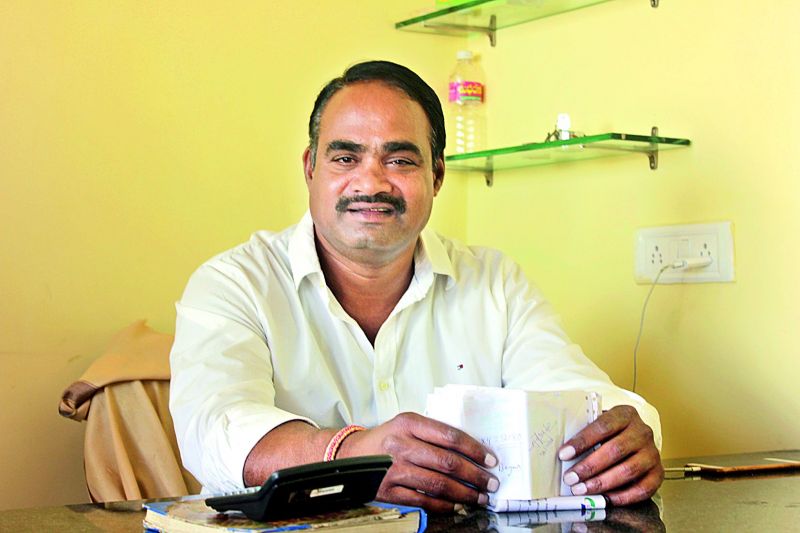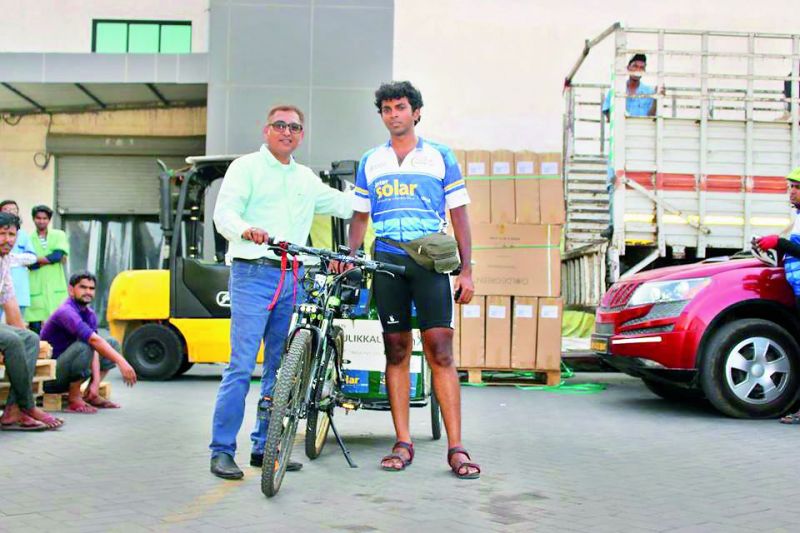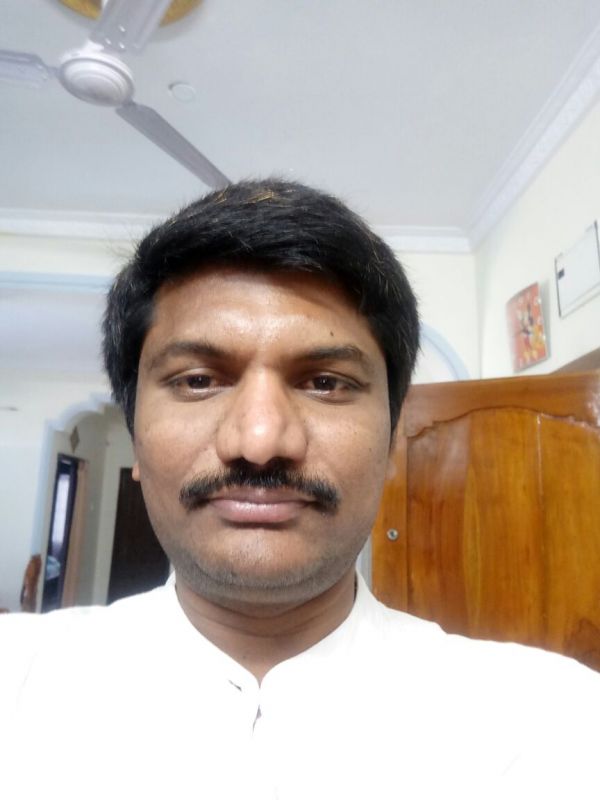Hyderabad: The year of change

1. The art on our walls
The Hyderabad Street Art festival has left us with perhaps what can be described as the most visible first step towards change. The spit-stained walls of a colony near Necklace Road are now transformed and the little ‘Love Hyderabad’ structure has entered the list of “essential selfie spots”. This is indeed the change we were looking for.
And an encouraging trend is how the GHMC is trying to replicate the success of the street art festival. The civic body has a simple plan — spot the areas that need a touch of paint, reach out to students who know art and watch the magic happen!
2. Ultimate road DYI
Roadkraft is a road safety NGO headed by Malcolm Wolfe, a former London Police officer. Currently based out of Hyderabad, Wolfe is helping transform the city's roads and the way it commutes.
Over the course of 2016, the NGO worked with the Secunderabad Cantonment board to sort out lane markings in the Trimulgherry area. They have also submitted footpath and pedestrian crossing designs to the GHMC and helped the authorities organise surprise checks to weed out underage drivers and other violators. All that without a single demand for funding from the state.
3. You’d better dig that hole
After four long years of drought, Sarpanch S. Vasanthamma of Sangala village in Gadwal mandal grew restless, and furious. She set out on a mission to get every home a water-harvesting pit. She then visited every house and asked its residents to build the structures to recharge ground water.
To get around the problem of hesitation, or just plain laziness, she simply directed the local fair price shop to stop selling commodities to those who were refusing to build the pits. And within a week, the water-harvesting project was complete. Over 300 homes, faced with no choice, had dug the pits.
4. The good jailer
As the DG of prisons, V.K. Singh’s job was straightforward — keep the criminal population within his walls. But Singh went beyond and under the Vidya Danam Scheme, over 30,000 illiterate prisoners were trained in skills until they reached semi-literate levels.
He even organised loans for those who had been convicted for life — the money helping families with education and weddings. So far, 100 prisoners have received loans ranging from Rs 20,000 to Rs 50,000. A strong backer of yoga, under him, the death rate of prisoners dropped to 22 annually — from 60.
5. The bike and a message
Hyderabadi Vijay Bhasker was not happy being limited to his life as a software professional and was not very happy with the city’s mind-numbing traffic. So on July 24, he set off from Kashmir on a 4,000 kilometre bicycle trip.
His message to the several hundred people he met during his journey was simple — use the cycle more and save the environment. Bhasker is not the first one to set off on such a journey and he, hopefully, won’t be the last. But such astounding feats go on to show that the spirit to bring in change is still alive and kicking in a city that's debating footpaths. May these rides open our eyes to cleaner modes of transport and a greener future.
6. The job-hunter for possible criminals
Nakka Rajsekhar Goud had a notorious past as a rowdy-sheeter. He spent each day — from 1994 to 2003 — hunting for the next target. And this is the man who had once hoped to become an inspector with the police force. After his brush with justice, Goud turned his life around and with his “experience”, decided that he could stop people from committing crimes.
Goud hunts down at-risk youth who are prone to a life of crime. He has helped several find jobs as delivery boys and call centre workers. If he fails to find them a job, he pays them money, enough to get them back on the road.
7. Riding with the sun
One day, sometime in sunny August, Sushil Reddy, an IIT-Bombay graduate, decided it was time India heard more about solar energy and its various benefits.
He built himself a special bike and embarked on a 7,500-kilometre journey across the country. “The aim of my 79-day journey was to educate and unite people over a cause that will dominate the future energy needs,” Reddy was quoted as saying. His route was aligned with the Sun and the motor on his cycle powered him ahead at an average speed of 20 km per hour.
8. The water is not good to drink
It was one of the most important scientific revelations this year. A study led by Dr Shashidhar, from the Civil Engineering department of IIT-Hyderabad, exposed a serious environmental hazard — antibiotic waste being dumped into the Musi. This was causing resistance to antibiotics among citizens.
Dr Shashidhar and his team determined that the water was not being treated and contained exceptionally high concentrations of the fluoroquinolones class of antibiotics, turning the historic Musi into a drug factory. Dr Shashidhar and his team also revealed the lack of any standard set by the government to measure antibiotic presence in treated effluence.

